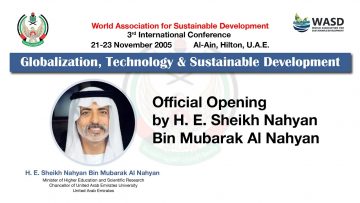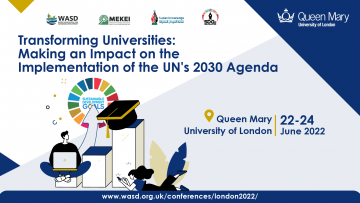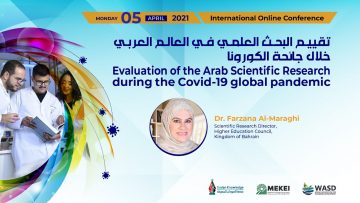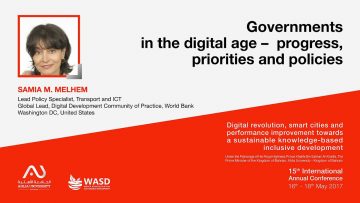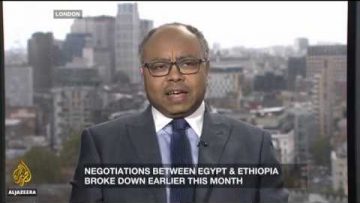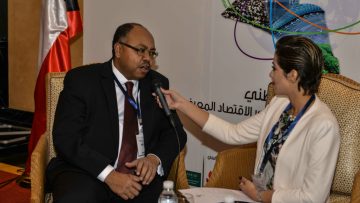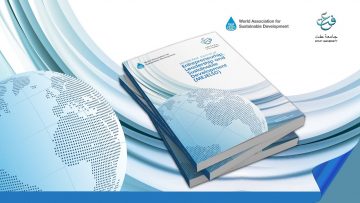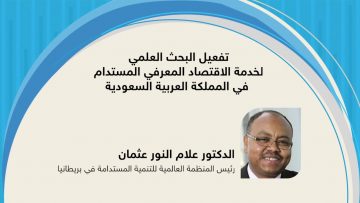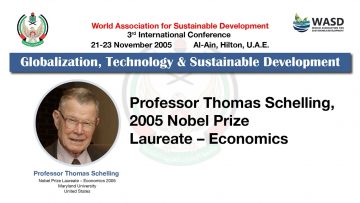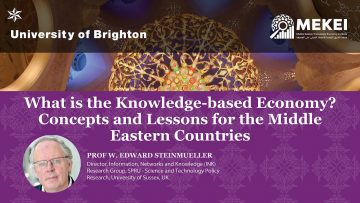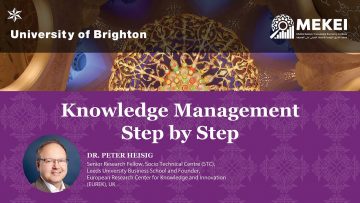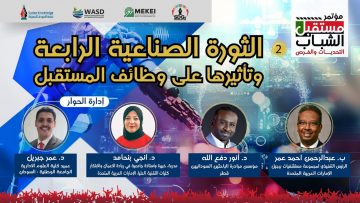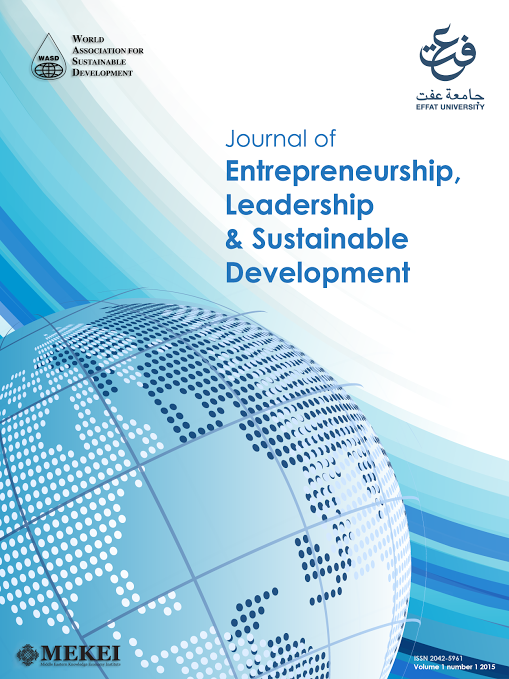
(pp.89-95) F. A. Al Maddah ‘Islamic finance and the concept of profit and risk sharing’, MEJELSD, Vol. 1, No. 1, 2017
Fatemah A. Al Maddah
Legal Advisor, Jeddah, Saudi Arabia
E-mail: fatmah.almaddah@gmail.com
Purpose: This paper introduces Islamic partnership structures as an alternative to conventional debt contracts. It specifically addresses the situation of entrepreneurs seeking to fund from banks. The Islamic principle of profit and risk sharing, emphasised in Islamic partnership structures, is discussed in detail as it replaces the phenomenon of risk transfer present in most conventional financial and banking products. This paper explores two of the commonly used Islamic partnership structures; the Mudarabah and Musharakah structures. The paper explains how these structures benefit the financiers as well as entrepreneurs as both parties share in the risks and profits of the enterprise and hence both their interests are aligned. In addition to the financial and economic impacts of the principle of profit and risk sharing, the paper explores its important role in achieving socio-economic justice.
Design/Methodology/Approach: The paper is developed based on the secondary sources and literature review.
Findings: The paper concludes that Islamic partnership structures aim at incentivising the bank and the entrepreneur to cooperate with each other to increase their wealth and avoid losses and they can hence minimise the disadvantages of conventional interest-based debt contracts.
Originality/Value of the paper: The paper assists the entrepreneurs of stage 1 or 2 in understanding the sources of Islamic finance and its implications.
Research Limitations/Implications: The paper is aimed at assisting the entrepreneurs seeking equity.
Keywords: Islamic France Shariah Finance; Risk Sharing; Islamic Banks.
Reference to this paper should be made as follows: Fatmah A. Al Maddah (2017) ‘Islamic Finance and the Concept of Profit and Risk Sharing’, Middle East Journal of Entrepreneurship, Leadership and Sustainable Development, Vol. 1, No. 1, pp.89-95.





